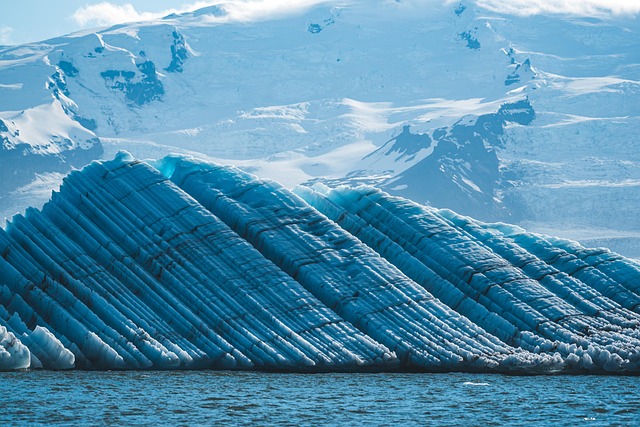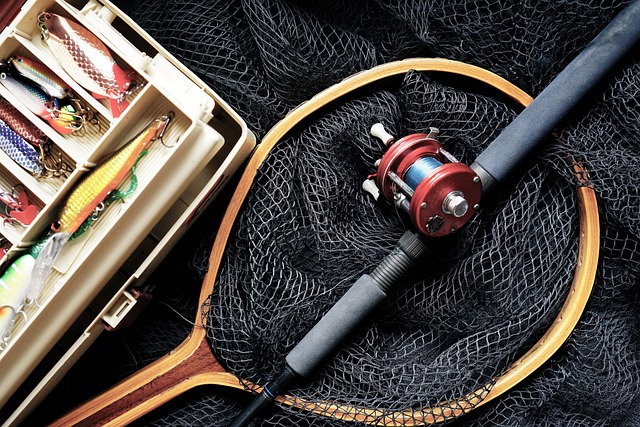The delicate beauty of lagoons often captivates those fortunate enough to behold their tranquil waters and vibrant ecosystems. These unique coastal areas not only serve as stunning backdrops for recreation and relaxation, but also play vital roles in our environment, particularly in the face of climate change. Preserving coastal lagoons has become more than just an environmental plea; it is a necessity for maintaining biodiversity, protecting shoreline communities, and mitigating the impacts of climate change.
Lagoons are more than mere bodies of water; they are rich ecosystems teeming with life. They serve as crucial habitats for numerous species, including fish, birds, and other wildlife. As climate change continues to cause sea levels to rise and temperatures to fluctuate, lagoons act as natural buffers, reducing the impact of storms and flooding on coastal communities. However, these ecosystems are increasingly threatened by pollution, urban development, and climate change itself.
One of the major impacts of climate change on lagoons is the alteration of their water quality and salinity levels. Rising temperatures can lead to harmful algal blooms, depleting oxygen levels and harming aquatic life. Moreover, the influx of freshwater from melting ice caps and excessive rainfall can disturb the delicate balance that allows these ecosystems to thrive. In turn, these changes can affect local fishing communities, threatening livelihoods that have been sustained for generations.
The importance of preserving lagoons goes beyond environmental concerns; it is also about culture and community. Many coastal towns have deep-rooted connections to their lagoons, relying on them for fishing, tourism, and recreation. When we invest in the preservation of these vital ecosystems, we are also investing in the social and economic fabric of these communities. Sustainable practices such as responsible tourism, habitat restoration, and pollution control can foster a healthier environment while empowering local populations.
One significant way to protect lagoons is through the implementation of marine protected areas (MPAs). By creating zones where fishing and other potentially harmful activities are restricted, we enable lagoons to regenerate and adapt to changing conditions. These areas not only foster biodiversity but also serve as essential research sites for scientists studying the effects of climate change. Through scientific inquiry and community engagement, we can devise strategies that ensure the resilience of lagoons against the changing climate.
Public awareness and education are critical components in the fight to preserve lagoons. By informing the public about the ecological, economical, and cultural significance of these ecosystems, we can inspire collective action. Grassroots movements and local organizations play a crucial role in advocating for strong environmental policies that protect our coastal lagoons. These initiatives can engage citizens in habitat restoration efforts, beach clean-ups, and educational programs that highlight the importance of these dynamic ecosystems.
The challenge posed by climate change is monumental, yet the preservation of lagoons offers a beacon of hope. By recognizing their multifaceted importance, we can harness collective efforts—spanning from local communities to global organizations—to promote sustainable practices that safeguard these invaluable ecosystems. Together, we can ensure that these stunning lagoons continue to flourish, serving as essential sanctuaries for wildlife and cherished spaces for generations to come.




